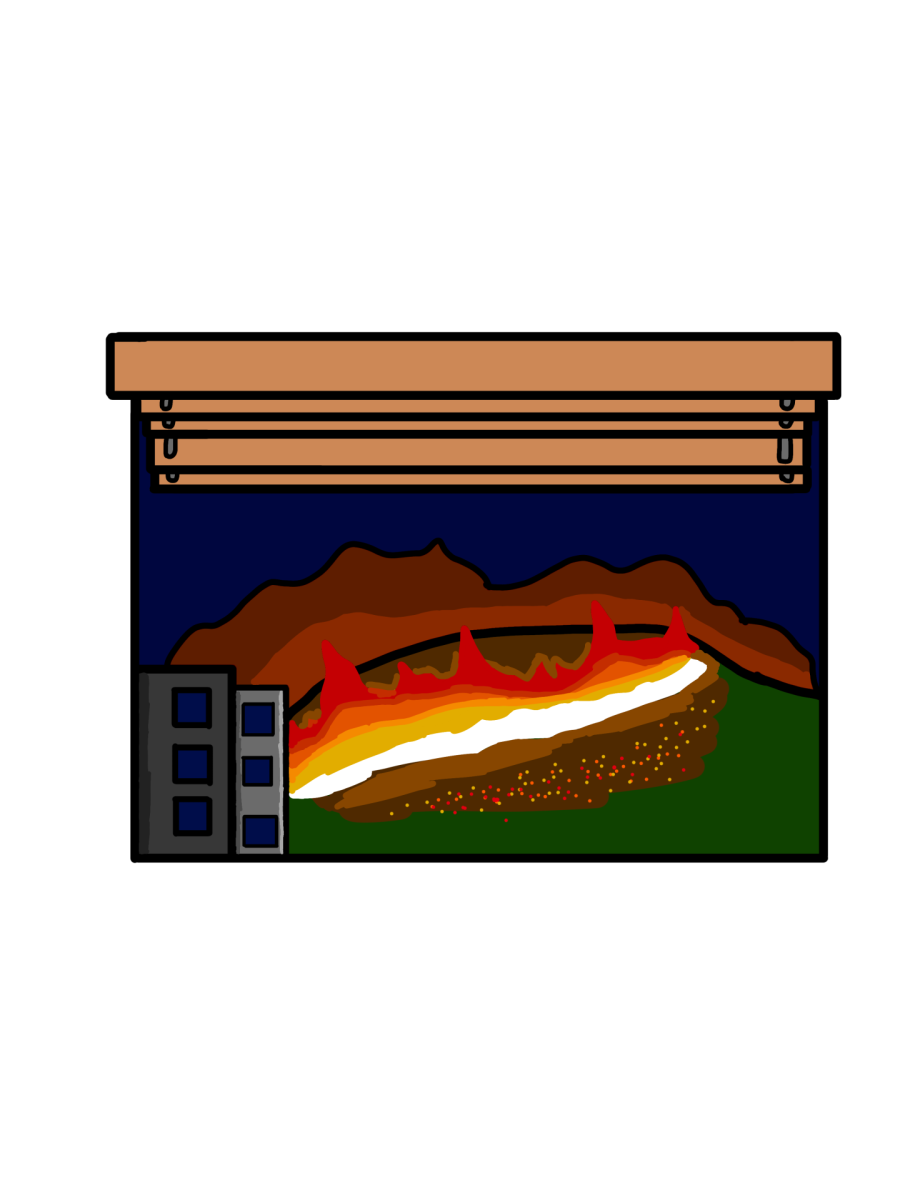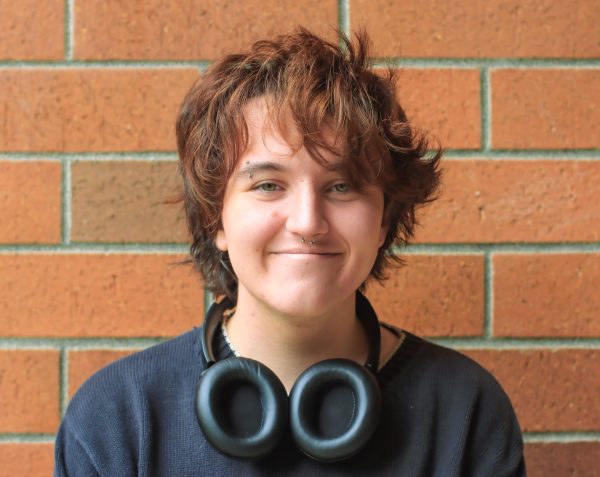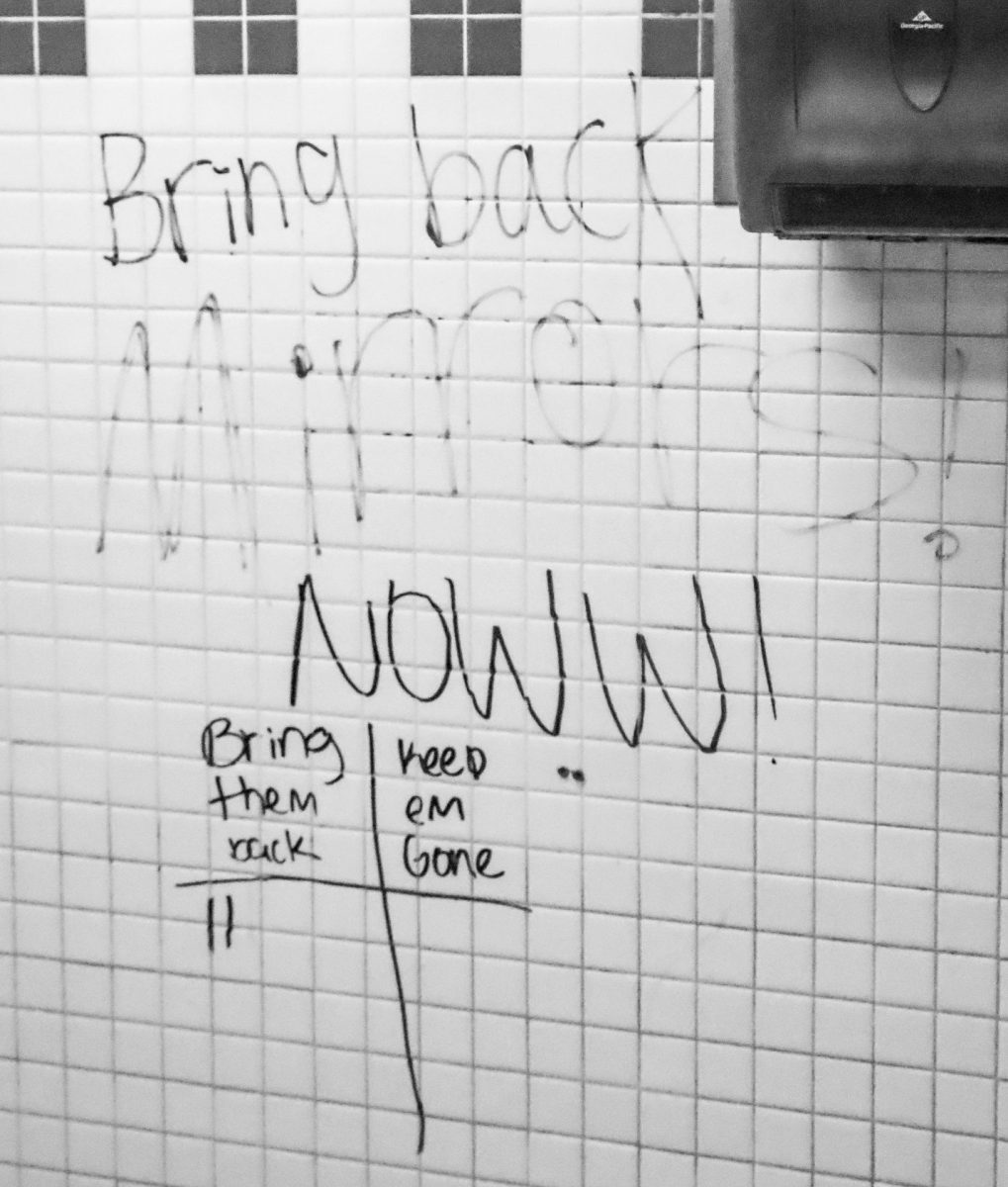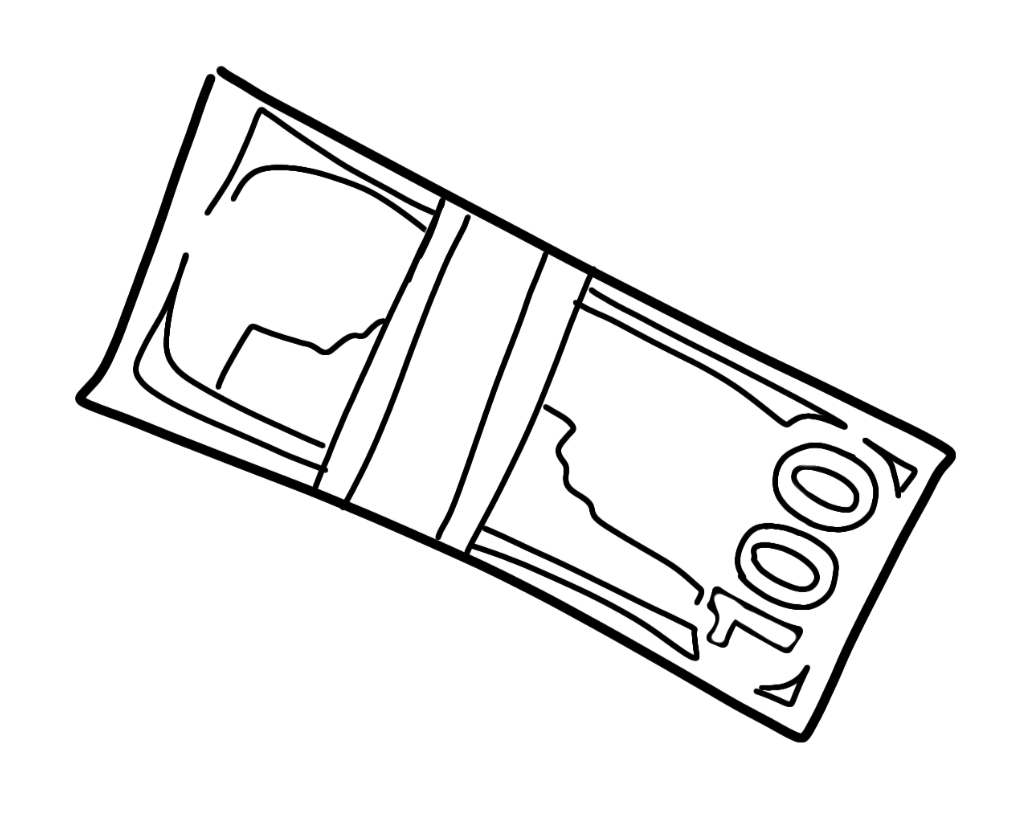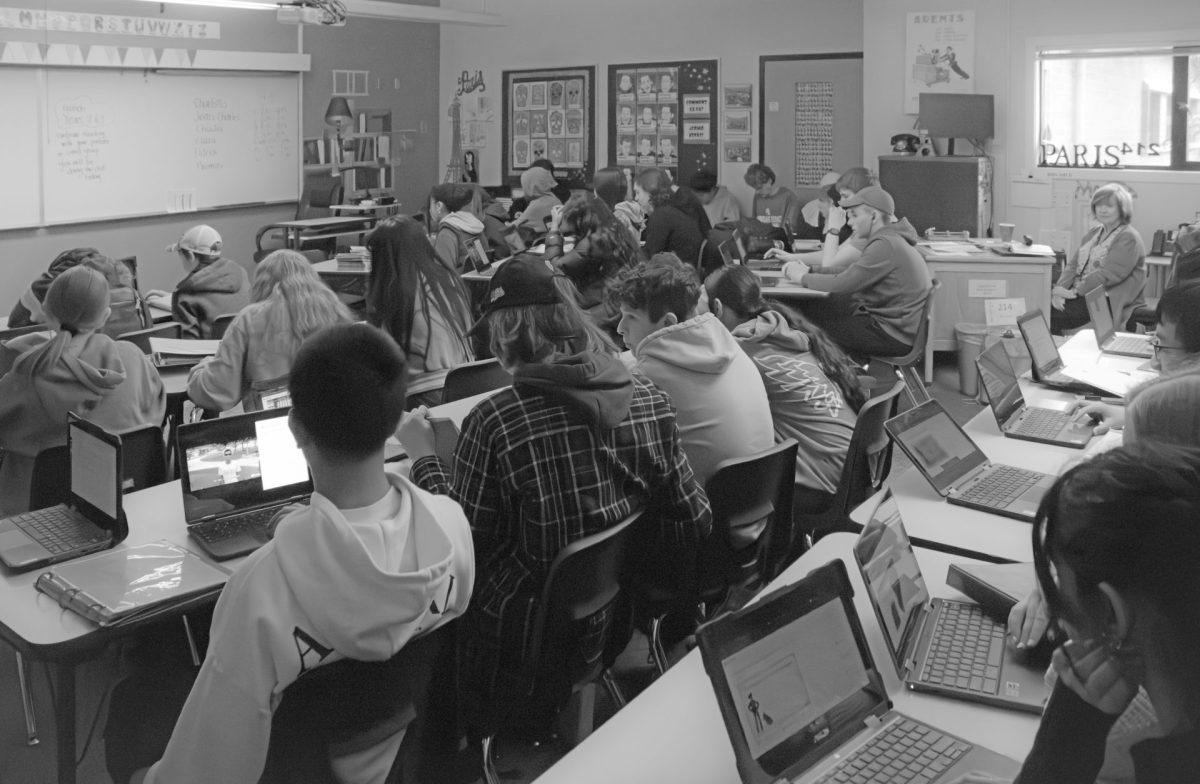On Jan. 7, a series of seven destructive fires ignited in the Los Angeles area, rapidly spreading and leaving a trail of devastation in their wake.
These wildfires, fueled by dry weather and strong winds, continued to rage throughout the rest of the month, consuming nearly 57,660 acres of land and destroying over 18,000 structures. These fires are just a fraction of the nearly 360 wildfires that have started since the start of the new year, adding to the grim picture of the increasing wildfire crisis in California. The far-reaching effects of these wildfires have been felt across the nation, but for many students here at Terrace, these fires have hit especially close to home.
One such student is junior Adelaide St. John, whose family and community have been deeply affected by the destruction. “While the fires have died down, my family and friends are still feeling the effects,” St. John said. Thousands of homes have been evacuated since the fires began, and many families have been evacuated multiple times leading to a state of fear and uncertainty. “I remember coming downstairs to my mom and hearing that my grandparents were evacuated again,” St. John added. The unprecedented destructive power of the fires has left families constantly on edge, dreading the loss an evacuation could represent. “Those weeks of hearing the news were so scary for my family.”
Throughout the chaos and destruction, entire communities have been left abandoned, their once-sacred gathering spots reduced to nothing. Among the places lost to the fires was the historic Pasadena Jewish Temple. Built in 1921, the Temple had stood as a symbol of community and faith for the Pasadena Jewish community for over a century. However, on Jan. 7, that same community watched helplessly as the Pasadena wildfires engulfed their beloved place of worship.
“I remember going online and seeing pictures of the fires and thinking to myself, ‘I was just there just two weeks before it got destroyed,’” St. John recalled. Though community members were able to rescue their sacred scrolls and no lives were lost, the toll of losing such an important landmark was immeasurable.
“The fire destroyed so many memories,” St. John said. The Pasadena Jewish Temple was not the only religious structure affected by these fires. The Palisades Synagogue also faced the fires, and though the building itself survived, the surrounding neighborhood was not so fortunate. Countless homes belonging to religious members, including the synagogue’s rabbi, were leveled. The destruction has left many without homes, forcing them to rely on the generosity of friends, family, and community relief organizations for help.
In the wake of the devastation, speculation has begun regarding the cause of the fires, as well as the demographics of those most affected. While the cause of fires in these areas is unknown, some have speculated that only the mega-rich celebrities of places like Bel-air and Malibu are affected, however, St. John emphasized that this belief is far from the truth.
“I have heard a lot of misconceptions from people who think that Bel-air or the other areas on fire are only for rich celebrities who can easily rebuild their homes,” she said. “But so many hard-working middle-class Californians have lost their homes with no way of getting them back.”
Beyond the destruction of physical structures, many victims have lost irreplaceable belongings, including family photos, heirlooms, sentimental artifacts, important documents and so much more. “It’s not only the structures that are destroyed,” St. John said, “but so many irreplaceable objects.” For many, the emotional impact left by these losses will take far longer to heal than any physical rebuilding effort.
The increase in frequency and severity of wildfires in California has sparked renewed conversations about the impact of climate change. As the planet continues to warm, communities across the world are expected to face even greater wildfire risks in the future.
“I think that this is a time in our history for us to reflect and discover ways to keep our world safe,” St. John urged.
The need to take action against climate change has never been greater, and as the clock ticks closer to an irreversible environmental tipping point, the need for collective efforts to reduce its effects grows stronger. “Global warming is real,” she said. “And not only is it real, it’s getting worse and affecting all of us.”
As California begins the process of rebuilding, it is clear that the scars left by these fires extend far beyond the burnt landscapes.
For families like St. John’s, the memories of fear and uncertainty will linger, serving as a somber reminder of what they could have lost.
For others who did lose everything in these fires, it serves as a reminder of the increasing global warming threat.
Whether through policy changes, increased environmental awareness, or community-driven initiatives, the fight against pollution and global warming is becoming more and more prevalent as disasters like these fires continue.


